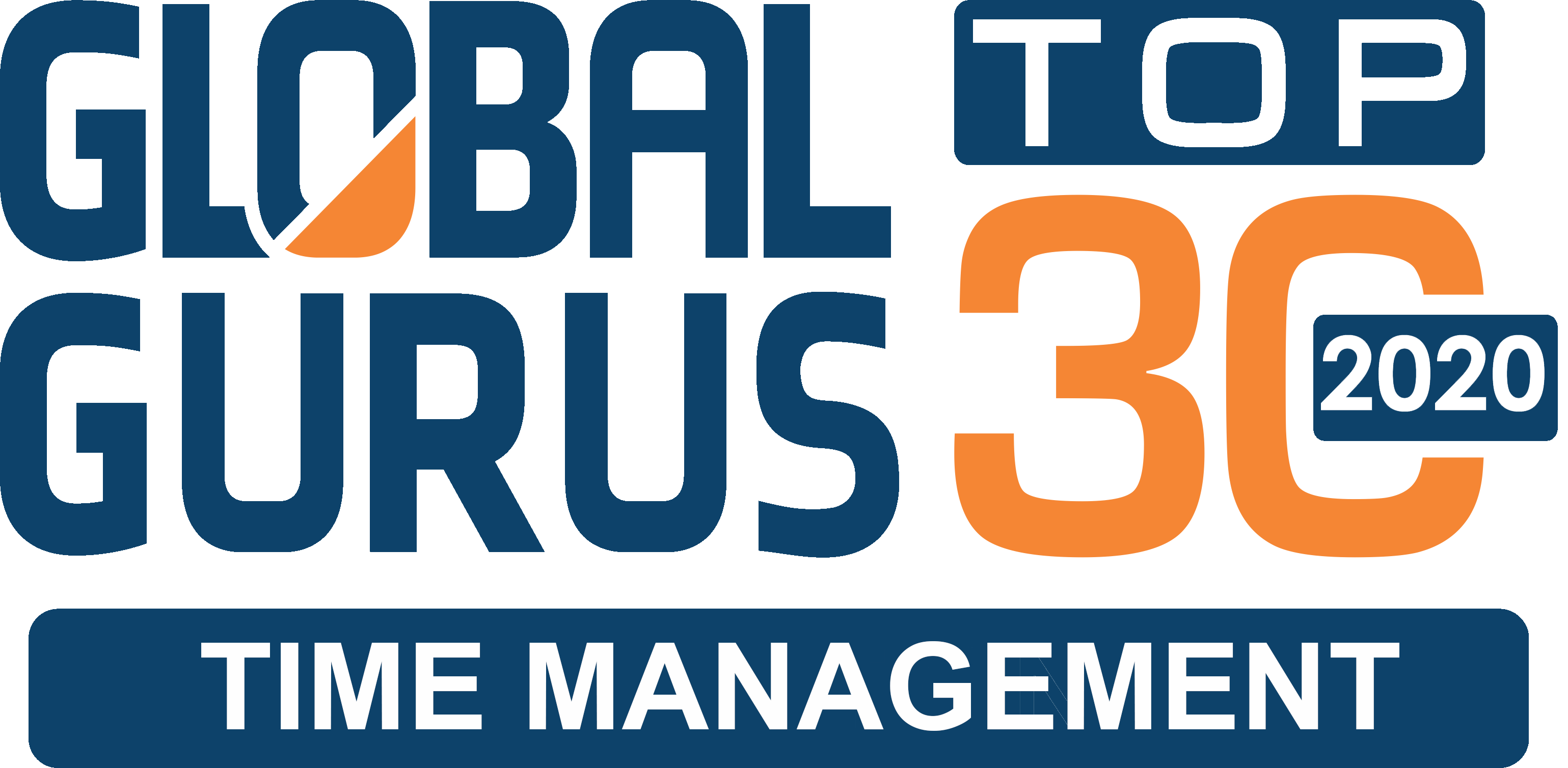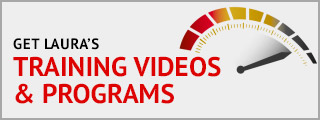 One of the chief advantages of the human brain is the ability to think of a multitude of ideas. We call the process “brainstorming,” and for good reason: when done right, an actual flood of ideas results. We can then grab the likely looking ones and start throwing them at the problem until something sticks.
One of the chief advantages of the human brain is the ability to think of a multitude of ideas. We call the process “brainstorming,” and for good reason: when done right, an actual flood of ideas results. We can then grab the likely looking ones and start throwing them at the problem until something sticks.
But human intelligence also has its drawbacks, including a tendency to think too much. That may seem unlikely to those of us who have suffered from the occasional maverick’s preference to operate purely on instinct, but believe me, overthinking can be nearly as deadly as a surprise tax audit.
Overthinking actually comes in two forms. One is the inability to stem the tide of ideas before virtually drowning in it. In this scenario, every idea seems equally valid, and making a choice becomes impossible. In championship chess, this failing goes by the term “Kotov Syndrome,” after the Soviet grandmaster who defined it in the 1970s. The player has so many options they can’t prune the decision tree that towers before them. They freeze up, unable to make a choice one way or another.
The other kind of overthinking stems from an obsessive focus on one specific idea or issue. You keep reviewing it, questioning your motives, and turning it over in your mind, until it practically drives you crazy. We’ve all lost sleep this way at one time or another. What if something goes wrong? What if another decision might produce a better result? What if hidden flaws in this decision hurt you in the future? What if, what if, what if? Again, you achieve nothing and end up piling on worry and stress in a vicious circle. It may even trigger a cycle of depression and certainly doesn’t solve your original problem.
The Curse of Self-Paralysis
Both types of overthinking can result in a situation called “the paralysis of analysis.” Either way, the sheer quantity of data overwhelms the decision-making process, causing it to break down. While the term stems from recent scientific studies, the problem itself has always been with us. You may have heard the Biblical story of the donkey that stood between two equally tempting mangers and starved to death, because it couldn’t decide which to eat from. In one Aesop’s Fable, the hounds caught a fox because it couldn’t decide which of its hundred escape routes to use—whereas its buddy the cat survived because it used its one getaway method, scrambling up a tree. Then there are stories like “The Three Sillies,” where people get so obsessed about one negative possibility they can’t function logically. These stories prove that analysis paralysis has plagued humanity for thousands of years.
By this point in your career, you’ve surely learned the value of thinking a problem through before you jump in with both feet. But in the fast-paced world of modern business, you can’t wait too long before you make your decision, either. To use another popular phrase, motion always beats meditation. So how can you push past the logjam of overthinking and get moving?
The Anchor of Obsession
Let’s tackle the obsessive version of overthinking first, which locks you in on one thing and wastes precious workplace productivity by devouring your time and mental resources. If you find yourself nitpicking too much about an issue or idea, you can try several self-discipline tactics to get back on track:
Move forward despite your fear. You might just want to avoid confrontation with someone when you do make a decision. Or perhaps you distrust your ability to come up with a viable answer, perhaps due to a perceived lack of intelligence or education. Instead, borrow the title of a book by Susan Jeffers: “Feel the Fear and Do It Anyway.” Push past your worries, make a choice, and get on with it.
Distract yourself. To stop thinking about the other issue, find another task to divert your attention and dive in. You can come back to the problem you’ve over-thought when your worrying has subsided a bit.
Avoid Situations That Trigger Overthinking. After a while, you’ll become familiar with the things that set off your cycles of overthinking, such as beginning an intense conversation with your spouse right before bedtime. Maintain your self-awareness of such situations and avoid them as much as possible.
Talk Yourself Down. If you allow it, negative self-talk can bring your personal productivity to a screeching halt. Instead of thinking about all that might go wrong and denouncing yourself as a screw-up, imagine all that could go right. Sell yourself to yourself as an outstanding worker, boss, parent, or partner.
STOP! When you find your thoughts running away with you, firmly tell yourself “Stop!” out loud (when no one is listening). Wear a thick rubber band around your wrist, and every time you start overthinking something, snap your wrist with the rubber band to derail that train of thought. Then refocus on something profitable.
Excising Excess Ideas
Alternately, you may find yourself drowning in an idea flood, where you’ve got too many ideas to choose from and can’t easily make the choice. Here are some thoughts to get you started:
Idea Triage. The best way to get more good ideas is to get more ideas, period. So when brainstorming, throw the filters wide open! For example, you might pretend you live in a perfect world where you have super-powers and could do anything you think about! Consider any idea that pops into your head. Some of these ideas you’d never float otherwise, because they simply have no basis in reality. But over-censoring might also shut out viable ideas that the unrealistic ones might spark. As you compile your list, realize you’ll undoubtedly toss most of them. Stop when the list becomes unwieldy, step back long enough to take in the big picture—and then get real. Ruthlessly chop away the ideas that seem impossible, too costly, too slow, or otherwise too constraining or excessive. As you do so, you may add a few new ideas that occur to you, or combine one or more to form a better solution. Make several passes, cutting ideas each time, until you have a short list you can easily deal with.
Set a time limit. This one goes hand-in-hand with the idea triage concept. Specify a certain amount of time you can spend brainstorming, and cut it off instantly when time’s up. Then start cutting the idea list itself.
Consult Your Not-To-Do List. Nearly all time management training programs emphasize the value of the To-Do List in its various forms, and you probably use one to guide your daily schedule. But do you keep a Not-To-Do list on hand, too? As I discuss in my book, What to Do When There’s Too Much to Do, this list documents all the things you refuse to do: procrastination, perfectionism, multitasking, etc. Compare your idea list to your Not-To-Do list and remove anything that violates your established rules.
Consider your mission, vision, and values. No doubt your organization operates under a specific mission and vision, with associated core values. These standards offer another framework to test your ideas against. If they don’t fit, kick ’em to the curb and move on.
Take your existing schedule into account. Even if you come up with an excellent idea, that doesn’t mean you’ll have time to implement it if you already have too much on your plate. Remember, you want to reduce your schedule to a realistic level. Even an otherwise wonderful idea might have to fall by the wayside if you can’t drop something else to implement it, or at least delegate it to someone who can.
Bounce your best ideas off someone. While you may not have time to make a decision by consensus, you can usually use someone as a sounding board. Choose someone you can trust to answer you honestly. Avoid “Yes” people and others who’ll just tell you what you want to hear. Use their responses to further cull your idea list.
Ideas for Either
Whether you tend to think things to death or simply can’t make a decision due to an overabundance of options, overthinking can shut you down like a car stuck in vapor lock. Some strategies can help you equally with either problem:
Seek a quiet place to think. While motion does in fact beat meditation, you first have to choose a mental spot where you can put your boat to sea with minimal risk of dashing it to pieces on the rocks of interruption. Look for somewhere you can hide away for a while—a park bench, an empty conference room, or a library, for example—and focus on making the decision.
Evict the inner critic. If you were a landlord, would you put up with a tenant who complained about everything you did, insulted you constantly, and never paid his rent on time? Probably not. Well, your inner critic represents precisely that kind of “tenant.” If you need to make a decision and the bum won’t pipe down, kick him out of your head—and give him the boot again if he tries to come back.
Model yourself after action-oriented people. Do you know someone who always seems unruffled, meeting life’s obstacles with a can-do attitude? It needn’t be someone in your organization; it might be your auto mechanic, martial arts sensei, or your kindergartner’s schoolteacher. Observe how they handle decision-making and follow their lead. If possible, chat with them to get an idea of their personal philosophies on the subject and adapt it for your own situations.
The Bottom Line
The malady of overthinking will cause your workflow to grind to a halt. No matter the flavor you suffer from, the only real solution is to make a decision and get a move on. Once you’ve tightened your focus sufficiently to eliminate your least viable ideas, using the pointers I’ve outlined above, just pick something and go with it. You’ve got to start somewhere and eventually you just have to choose, using the best information you have. Even if your plan ultimately fails to work out, at least you’ve made a decision and ended your personal game of idea freeze tag. Whatever you do, refuse to let overthinking crash your personal productivity!
What To Do When There’s Too Much To Do, my brand new handbook for maximizing workplace productivity without running yourself into the ground is now available. Buy your copy at Amazon, Barnes and Noble, or 800CEORead and email your receipt to [email protected] for special bonuses by author friends of Laura Stack. Visit www.TheProductivityPro.com/WhatToDo for complete details.


